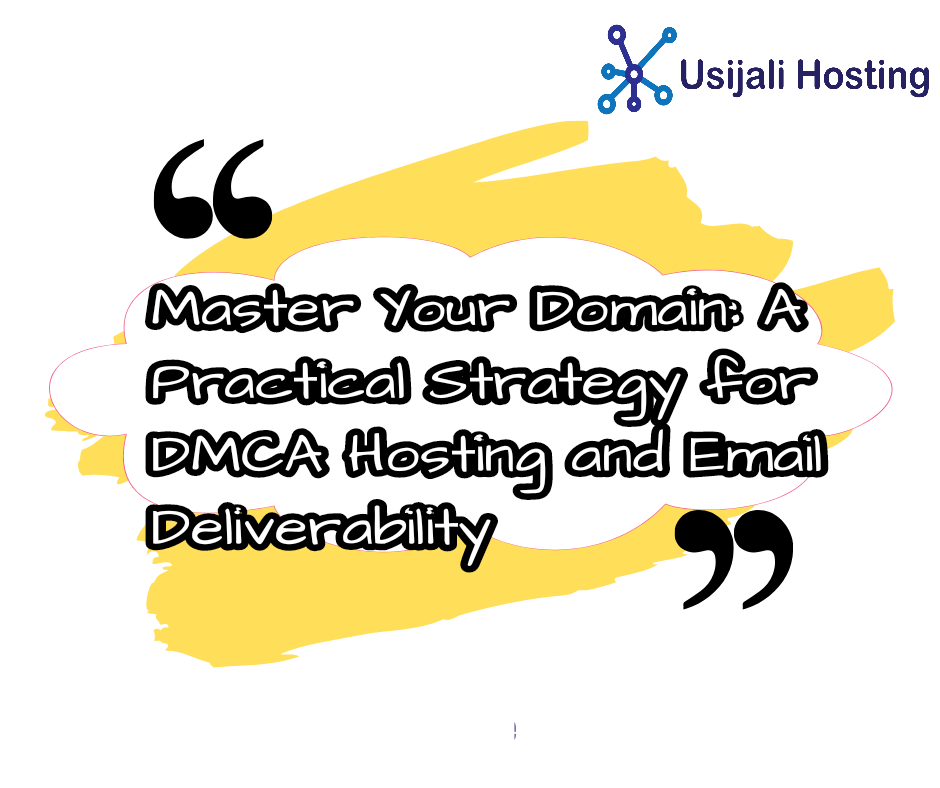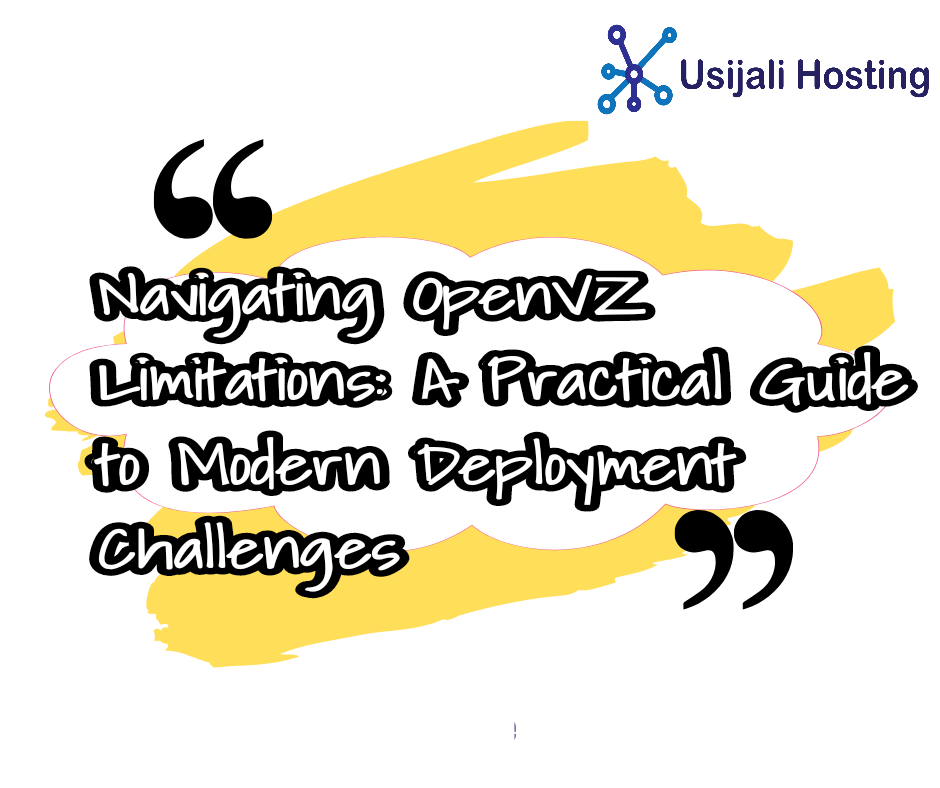Master Your Domain: The Essential Pre-Launch Strategy for DMCA Hosting & Inbox Delivery
If you operate in the world of file sharing, streaming, or any content niche that frequently deals with DMCA takedown notices, you know the hosting is only half the battle. The real challenge often lies in communication. Getting crucial emails—user notifications, password resets, and updates—to actually land in your users’ inboxes can feel like a constant, uphill fight against invisible filters.
The culprit? Domain reputation. New domains, especially those instantly associated with “DMCA hosting,” are viewed with extreme suspicion by email security services like Spamhaus. They are often preemptively flagged as spam before you even send your first legitimate email.
But there is a way to win this game. By employing a smart, proactive domain strategy before you go live, you can build a positive reputation from day one and ensure your operational emails achieve maximum deliverability.
Why Does This Happen? Understanding the Spamhaus Factor
To understand the solution, we must first understand the problem. Spamhaus is one of the most trusted international nonprofits that tracks spam and cyber threats in real-time. Their DNS Blocklists (DNSBLs) are a primary source used by nearly every major email provider (like Gmail, Outlook, and Yahoo) to filter out unwanted messages.
The pattern is simple: spammers and scammers frequently purchase new domains to use for malicious campaigns before being caught and blacklisted. They then abandon them and repeat the process.
When you buy a new domain and immediately point it to a DMCA-notice-prone service and start sending emails, you unfortunately fit this pattern perfectly in the eyes of automated filters. To protect users, these systems often preemptively block or filter these domains, operating on a “guilty until proven innocent” model.
Your goal is to prove your domain’s innocence before it’s accused.
The Proactive Domain Reputation Strategy: A Step-by-Step Guide
This method is about patience and perception management. You are essentially “warming up” your domain by presenting it as a legitimate, benign entity to the algorithms that monitor the web.
Phase 1: The Pre-Heating Period (Days 1-7)
Step 1: Purchase Your Domain Well in Advance
This is the most critical and non-negotiable step. Do not buy your domain and migrate your website on the same day. Plan ahead and purchase your domain at least one full week (7-10 days is ideal) before you plan to do anything with it. This creates a crucial historical paper trail that shows the domain wasn’t created for immediate, malicious use. This simple act of waiting is your first layer of defense.
Step 2: Post Interim “Legitimacy” Content
During this one-week waiting period, your domain shouldn’t be blank, show a “parked domain” page, or a generic hosting placeholder. These can also be red flags. Instead, you need to put up simple, non-spam, legitimate content.
Excellent examples include:
- A basic “Coming Soon” or “Launching Soon” page with a brief, honest description of your future service.
- A simple blog with 2-3 short articles about web technology, digital trends, or a relevant hobby.
- A personal portfolio or resume page.
- A simple HTML/CSS page about a non-controversial topic.
The goal isn’t to attract visitors, but to be crawled by search engines and spam bots. This establishes a history of legitimate activity and tells services like Spamhaus, “This is a real site being prepared by a real person, not a fly-by-night spam operation.”
Phase 2: The Go-Live & Maintenance Period (Day 8+)
Step 3: Reap the Spamhaus Protection Benefits
By completing the pre-heating period, you’ve significantly de-risked your domain. It’s no longer a complete unknown with a creation date identical to its first spam-like action. You’ve built a minimal but positive initial reputation, making it much less likely to be proactively blacklisted.
Step 4: Migrate Your Full Website Content
After the waiting period has elapsed, you can now safely migrate your full DMCA hosting website content to the domain. Update your nameservers, upload your site, and go live as planned.
Step 5: Achieve Direct-to-Inbox Email Delivery
Thanks to your groundwork, your domain is now in a strong position. When your application starts sending its first transactional emails, they have a far higher chance of bypassing aggressive spam filters and landing directly in the user’s primary inbox.
The Crucial Catch: Managing Email Sending Limits
Your work isn’t completely done. A domain’s reputation is fragile and must be maintained. The fastest way to destroy it is by ignoring email sending best practices.
1. Strictly Avoid Bulk Emails Initially
Under no circumstances should you start your newly migrated site by sending a massive bulk email to a purchased list or thousands of old users. This is the #1 way to trigger Spamhaus’s algorithms and get yourself blacklisted instantly, undoing all your careful pre-heating work. Bulk advertising blasts should be handled through a dedicated email marketing service (like Mailchimp, Sendinblue, etc.) that uses its own validated sending infrastructure and domain (e.g., b.mywebsite.com).
2. The Principle of Gradual Warm-Up
Let your email volume grow organically with your legitimate user base. Start by sending only the necessary transactional emails (e.g., welcome emails, password resets). As your site gains genuine traffic and daily user sign-ups, your email volume will naturally increase at a pace that email providers see as normal and legitimate. This gradual ramp-up is the final key to building and maintaining a strong sender reputation over the long term.
Summary & Checklist: Your Pre-Launch Blueprint
This entire process is a calculated effort to separate your domain’s identity from the patterns of malicious actors.
✅ One Week+ Before Launch:
- Purchase your domain.
- Install a simple, legitimate placeholder website.
✅ At Launch:
- Migrate your full DMCA-hosted content to the domain.
- Configure your email sending (SMTP).
✅ Ongoing:
- NEVER send bulk emails from your primary domain.
- Let email volume scale gradually with organic user growth.
By investing one week of patience and minimal effort, you safeguard your domain’s ability to communicate effectively—a critical component for user retention and trust on any successful website, especially in the challenging world of DMCA hosting.
Have you tried this strategy? Share your experiences or questions in the comments.




Post Comment